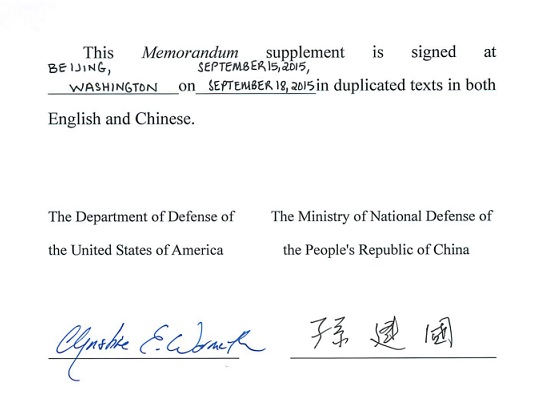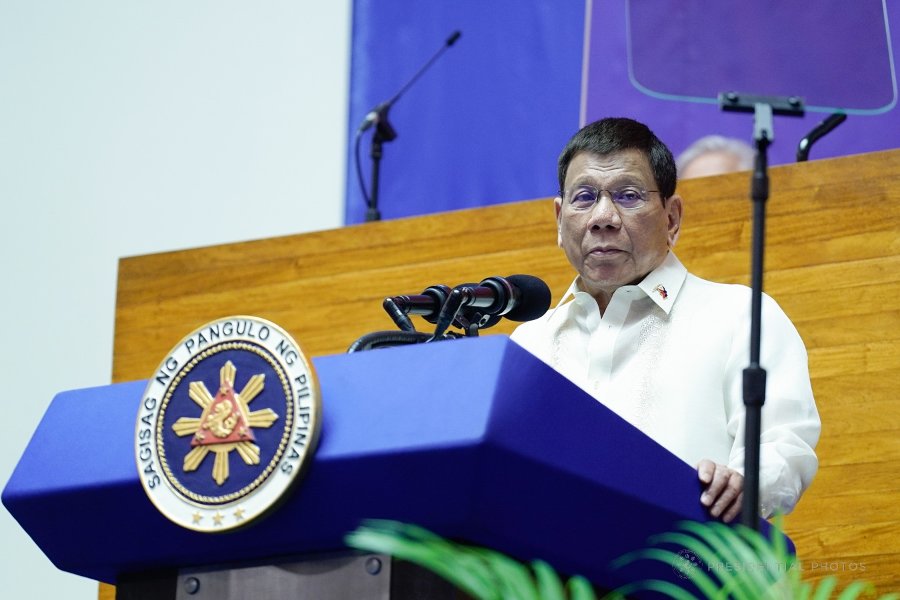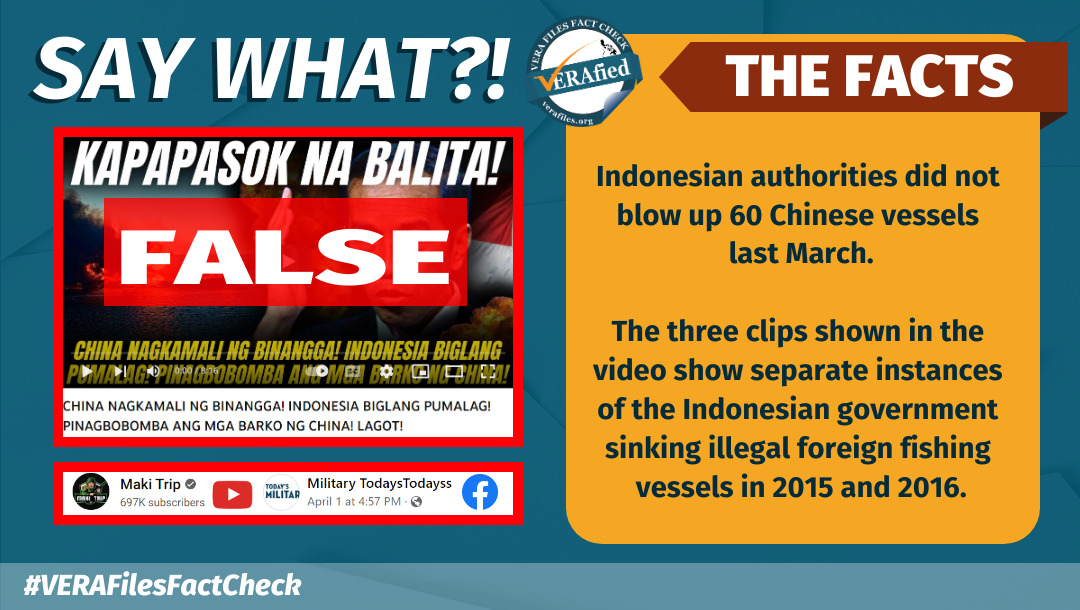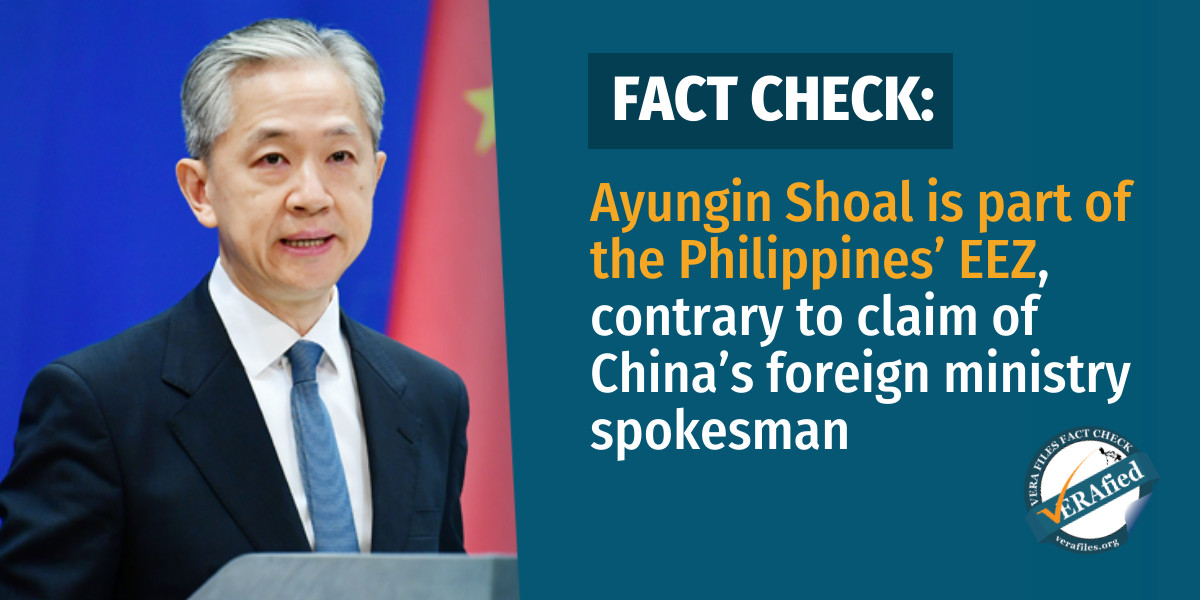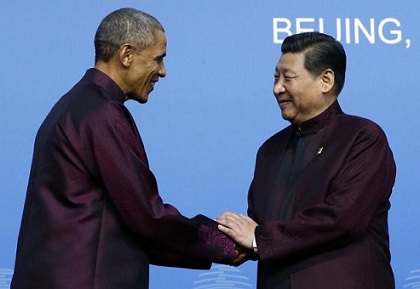
By ELLEN T. TORDESILLAS
BEHIND the provocative rhetoric by American and Chinese officials over the plan of the United States to test freedom of navigation in the South China Sea after China has reclaimed some 2,900 acres of land in the disputed waters, there are efforts by both countries to avoid war.
Especially hostilities breaking out over unintentional incidents as tension increase in the area claimed by China, Philippines, Vietnam, Malaysia, Brunei and Taiwan.
The desire to avoid unintended hostilities is carried out in an agreement on “Rules of Behavior for Safety of Air-to-Air Encounters” between the United States and China militaries.
The accord was agreed by American President Obama and Chinese President Xi Jinping on November 12 last year after the summit of Asia Pacific Economic Leaders Cooperation meeting in Beijing.
The nationalinterest.org, in an article by Bonnie S. Glaser, published the supplement to the Memorandum of Understanding on the “Rules of Behavior for Safety of Air-to-Air Encounters” between the U.S. Department of National Defense and China’s Ministry of National Defense.
It was signed Sept. 15 by the Chinese official and Sept. 18 by the American official.
The National Interest blog article said: “The recently inked Annex of the Rules of Behavior for Air-to-Air Encounters establishes procedures to prevent collisions between U.S. and Chinese military aircraft such as occurred in 2001 between a Chinese fighter and U.S. surveillance plane. Unsafe intercepts have continued, though they have decreased in frequency over the past year, with the most recent incident occurring on September 15 when a Chinese fighter came within 500 feet of an American reconnaissance plane. In 2014 there were at least five incidents. The most serious near miss involved a Chinese fighter that came within 30 feet of a US P-8 Navy surveillance aircraft. A Pentagon spokesman described the Chinese warplane’s actions as ‘very, very close, very dangerous.’ The Chinese fighter purportedly flew above, underneath, and alongside the U.S. surveillance craft, and at one point performed a barrel roll to display its weapons.”
The article said: “This landmark achievement was made possible in large part by Xi Jinping’s recognition of the increased danger of U.S.-Chinese military accidents and the damage they could do to bilateral ties. The Chinese armed forces also deserve credit for realizing the need for the PLA to have a common understanding of operational safety with the international community.”
The MOU provides: “To avoid mishaps, the two sides agreed that aircraft operators should engage in active communications in the interest of flight safety. This includes clarifying their identity and conveying aircraft maneuvering intentions. Pilots will conduct communications in English, refrain from uncivil language and physical gestures, and use internationally accepted radio frequencies for air distress.
The National Interest article also said: “In addition, the agreement identifies specific actions that ‘a prudent pilot’ should avoid, including actions that impinge upon the ability of the other side’s military aircraft to maneuver safely, approaching the other side’s military aircraft at an uncontrolled closure rate, use of a laser in a way that could harm personnel or equipment, and actions that interfere with the launch and recovery of military aircraft by the other side’s military vessel.
“Especially noteworthy is the section that establishes responsibilities for aircraft when an intercept takes place. According to the agreement, the aircraft commander initiating the intercept should maintain safe separation while the operator of the aircraft being intercepted should avoid reckless maneuvers. The distance between aircraft that constitutes safe separation is not spelled out; rather it is dependent on circumstances. While this is sensible, it leaves split-second decisions up to the discretion of Chinese fighter pilots, who often lack experience.”
The article said “The norms of behavior set out in the Air-to-Air Encounters annex are consistent with the Convention on International Civil Aviation (which contains provisions guiding civilian flights and encounters between civilian and military planes), and the Code of Unplanned Encounters at Sea (CUES; which contains guidelines for encounters of naval aircraft). The agreement breaks new ground in establishing rules of engagement between military aircraft of different countries.”
US-China Air Encounters Annex Memorandum of Understanding by VERA Files
